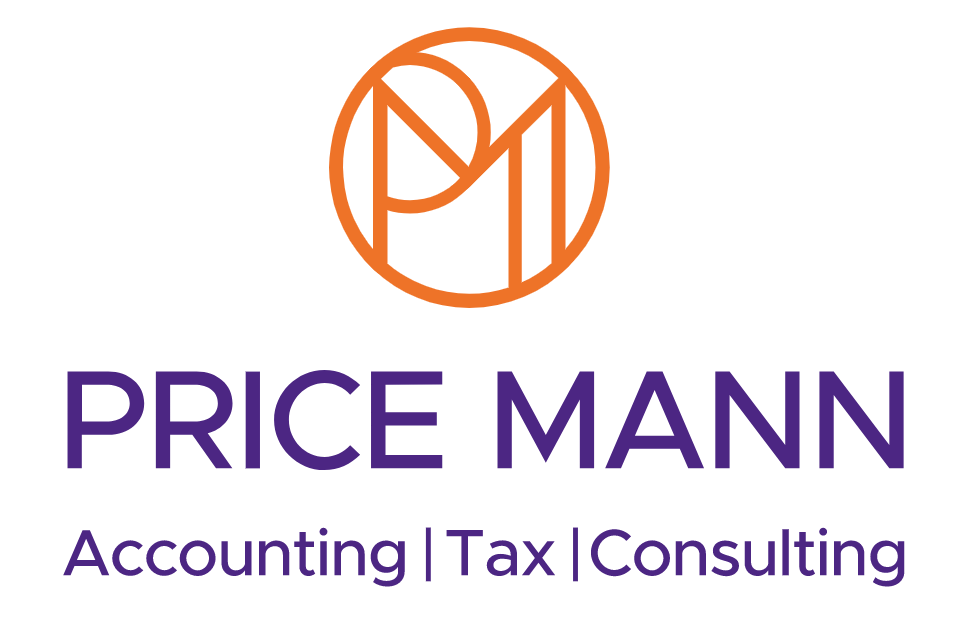Tax relief opportunities for businesses embracing sustainability
Tax relief opportunities for businesses embracing sustainability
Making the most of eco-friendly tax breaks.
The policy push for a net-zero economy is now hard-wired into the UK tax system, with many businesses investing in lower-carbon equipment, property upgrades and greener vehicles. The tax system offers a range of permanent and time-limited reliefs that can cut the headline cost of those projects by up to 25%. We have summarised the main opportunities below, together with the deadlines and practical steps we recommend you take during the rest of the 2025/26 tax year.
The financial case for sustainable investment
- UK businesses active in the low-carbon and renewable energy economy generated £69.4bn of turnover and supported 272,400 full-time jobs in 2022 (according to the Office for National Statistics).
- Environmental taxes raised £52.5bn in 2023, three-quarters of which fell on energy use. This accounted for 5.5% of total tax revenue.
- Battery-electric car registrations in May 2025 rose 25.8% year on year and took a 21.8% share of all new cars sold (Society of Motor Manufacturers and Traders data, 5 June 2025).
These figures show that green investment is no longer niche. It is mainstream economic activity that attracts both customer demand and significant tax support.
Capital allowances you can claim this year
Full expensing – permanent 100% relief
Companies subject to corporation tax can deduct the full cost of qualifying plant and machinery purchased in 2025/26 against taxable profits. The deduction is worth 25p for every £1 spent at the main 25% corporation tax rate or 19% for companies paying at the small profits rate. Cars are excluded, but production equipment, electric vans, solar panels and heat-pump systems installed at commercial premises qualify.
What to do now
- Keep supplier quotations that prove the environmental specification (for example, “MCS-certified heat pump”).
- Review project budgets before you place orders so you can confirm which items are eligible.
Annual investment allowance (AIA) – £1m for all businesses
Unincorporated businesses, and companies that have used up their full-expensing capacity, can claim 100% relief under the AIA. We will normally use the AIA for integral features (lift shafts, lighting, wiring) that would otherwise go into the 6% special-rate pool.
Zero-emission vehicles and charging infrastructure
The Chancellor has extended the 100% first-year allowance for new zero-emission cars, vans and workplace charge-points to expenditure incurred up to 31 March 2026 for companies (5 April 2026 for other businesses).
Benefit-in-kind (BiK) position
- Zero-emission company cars are taxed at 3% of list price in 2025/26.
- The rate then rises by one percentage point a year, reaching 7% in 2028/29, still far below the 37% rate that applies to high-emission models.
Salary-sacrifice EV schemes remain a cost-effective staff benefit. If you operate or intend to launch one, tell us as soon as you have indicative orders so we can model the employer’s Class 1A national insurance saving and any cashflow implications.
Reliefs linked to property and land
Land remediation relief
Companies that clean up contaminated or long-term derelict land may deduct 150% of qualifying costs or exchange a loss for a cash credit worth 16% of the spend. Typical qualifying work includes removing asbestos, treating Japanese knotweed and demolishing unsafe structures. The claimant must not have caused the contamination.
Structures and buildings allowance (SBA)
The SBA offers a 3% straight-line deduction for new non-residential buildings and major renovations. You’ll still qualify if your project includes low-carbon features such as green roofs or high-performance insulation – making it easier to build sustainably without losing relief.
Freeports and investment zones
If your site sits within a designated “special tax site”, you can claim:
- 100% first-year allowance for plant and machinery used primarily in the zone
- 10% SBA for new commercial buildings
- Stamp Duty Land Tax relief on qualifying property purchases
- Business rates relief (available in many zones for up to five years)
All reliefs apply to qualifying expenditure incurred up to 30 September 2026. Please contact us well before contracts are signed so we can confirm boundary maps and the tests that the asset must meet during its first five years of use.
R&D tax relief – merged scheme now live
Since 1 April 2024, the small and medium-sized enterprise (SME) and research and development expenditure credit (RDEC) regimes have been replaced by a single credit equal to 20% of qualifying research and development (R&D) spend. After corporation tax, the net benefit is 15% for companies paying the main rate, and 16.2% for those on the small profits rate. A higher rate still applies where at least 30% of total costs are R&D (“R&D-intensive” relief).
Green innovation often qualifies: recyclable packaging, low-carbon cement, advanced energy-monitoring software or waste-heat recovery systems are just a few examples we have seen this year. Keep a short monthly log of project aims, technical uncertainties and staff time; it cuts down claim preparation time at year-end and provides the evidence HMRC requests in compliance checks.
Cutting running costs with climate change levy reliefs
Businesses that sign a climate change agreement can cut the climate change levy by 92% on electricity and 89% on gas throughout 2025/26. Manufacturing trade bodies handle much of the paperwork, so set up a short call with us if you are a heavy energy user and have not yet assessed the saving.
Coming change – Spring Statement 2025 confirmed that electricity used to produce green hydrogen will be exempt from the levy once the Finance Bill 2025/26 passes. If you are planning on-site electrolysis, we will help you model the expected discount once the draft legislation is published.
VAT savings on energy-saving materials
Installations of solar panels, heat pumps, insulation and other energy-saving materials in domestic or qualifying charitable buildings attract a zero rate of VAT until 31 March 2027. This applies throughout Great Britain and, from 1 May 2023, also to Northern Ireland under the Windsor Framework. If you own residential or charitable property through the business or personally, check quotations to ensure the zero rate has been applied before signing.
Grants and other support worth noting
Below are the main grant schemes our clients are drawing on this year. Each scheme opens and closes funding “windows”, so let us know early if you plan to apply.
- Industrial energy transformation fund (phase 3) – capital grants covering 30% to 70% of energy-efficiency or fuel-switching projects that cost at least £100,000.
- Boiler upgrade scheme – £7,500 off the upfront cost of air-source or ground-source heat pumps in small commercial or domestic properties. Now extended to 2028.
- Local net-zero accelerator programmes – region-specific grants and match funding for electric-vehicle infrastructure, retrofit projects and training. Local enterprise partnerships publish calls several times a year.
Where a grant meets part of the cost, the capital allowances claim must be reduced by the funded amount. We will adjust the figures automatically when we prepare your corporation tax or income tax computation.
Year-end planning actions for 2025/26
- June to July 2025 – finalise orders for zero-emission cars, vans and workplace charge-points; delivery lead times are stretching and the 100% first-year allowance ends on 31 March/5 April 2026.
- August 2025 – start collating 2024/25 R&D project records. We will draft claim packs early to avoid the surge in HMRC inquiries we have seen close to filing deadlines.
- Autumn 2025 – map planned construction and equipment purchases against freeport or investment-zone boundaries. Moving a project a short distance can unlock the 100% plant allowance and 10% SBA.
- January 2026 – ask us to run a pre-year-end profit forecast if your company is near the £50,000 or £250,000 profit thresholds. Pulling forward or deferring spend by a few weeks can shift the tax rate from 26.5% to 25% or 19%.
Record-keeping and compliance checklist
- Maintain a detailed fixed-asset register with a simple code (“FE”, “AIA”, “SBA”, etc) showing which allowance you have claimed for each item.
- Store invoices and specifications that confirm energy ratings or zero-emission status; photos of serial plates and EPC certificates are acceptable digital evidence.
- Tie grant agreements to spend – HMRC will ask whether any third party funded part of the project.
- Minute board decisions that refer to environmental impact; this demonstrates commercial motivation as well as tax planning.
- Monitor asset location – removing plant from a freeport site within five years can trigger a clawback.
Next steps
Tax reliefs for sustainable investment are generous but deadline-driven. If you are considering capital expenditure, fleet renewal or green R&D during 2025/26, please contact your accountant as early as possible to:
- confirm which allowances apply and model the cashflow benefit
- check interaction with grants, freeport rules and corporation tax thresholds
- draft any advance assurance or CCA paperwork
- ensure the claim is processed smoothly in your next tax return.













